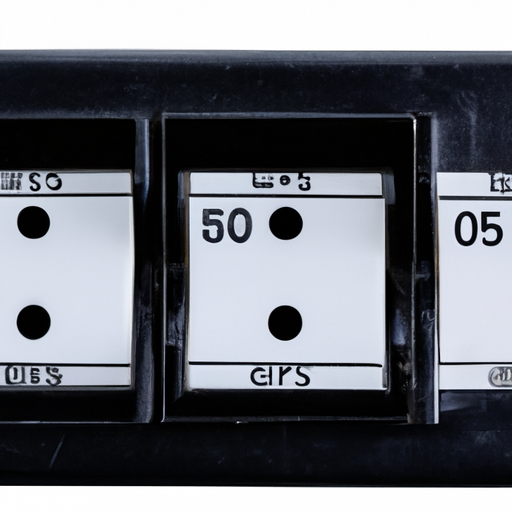

A power controller is a device that regulates the amount of power delivered to a load, such as a motor or heater, in order to control its speed or temperature. Power controllers are commonly used in industrial applications where precise control of power is necessary for the proper operation of equipment.

1. Phase angle controllers: Phase angle controllers regulate power by varying the firing angle of thyristors in the power circuit. By adjusting the firing angle, the amount of power delivered to the load can be controlled. Phase angle controllers are commonly used in applications where smooth, continuous control of power is required.
2. Burst firing controllers: Burst firing controllers regulate power by turning the power on and off in short bursts. This type of control is often used in applications where rapid changes in power are needed, such as in heating elements or infrared lamps.
3. On/off controllers: On/off controllers regulate power by simply turning the power on and off. While not as precise as other types of power controllers, on/off controllers are often used in applications where simple control is sufficient, such as in household appliances.
4. Proportional controllers: Proportional controllers regulate power by adjusting the power output based on a control signal. This type of control is often used in applications where precise control of power is required, such as in temperature control systems.
Power controllers are essential in a wide range of industries, including manufacturing, automotive, and aerospace. In manufacturing, power controllers are used to regulate the speed of motors, control the temperature of ovens and furnaces, and manage the power output of welding equipment. In the automotive industry, power controllers are used to control the speed of electric motors in vehicles and regulate the power output of charging stations. In the aerospace industry, power controllers are used to regulate the power output of aircraft engines and control the temperature of onboard systems.
Overall, power controllers play a crucial role in ensuring the efficient and safe operation of equipment in a variety of industries. By regulating the amount of power delivered to a load, power controllers help to prevent damage to equipment, improve energy efficiency, and enhance overall performance. Whether it's controlling the speed of a motor or regulating the temperature of a furnace, power controllers are an essential component of modern industrial systems.
A power controller is a device that regulates the amount of power delivered to a load, such as a motor or heater, in order to control its speed or temperature. Power controllers are commonly used in industrial applications where precise control of power is necessary for the proper operation of equipment.

1. Phase angle controllers: Phase angle controllers regulate power by varying the firing angle of thyristors in the power circuit. By adjusting the firing angle, the amount of power delivered to the load can be controlled. Phase angle controllers are commonly used in applications where smooth, continuous control of power is required.
2. Burst firing controllers: Burst firing controllers regulate power by turning the power on and off in short bursts. This type of control is often used in applications where rapid changes in power are needed, such as in heating elements or infrared lamps.
3. On/off controllers: On/off controllers regulate power by simply turning the power on and off. While not as precise as other types of power controllers, on/off controllers are often used in applications where simple control is sufficient, such as in household appliances.
4. Proportional controllers: Proportional controllers regulate power by adjusting the power output based on a control signal. This type of control is often used in applications where precise control of power is required, such as in temperature control systems.
Power controllers are essential in a wide range of industries, including manufacturing, automotive, and aerospace. In manufacturing, power controllers are used to regulate the speed of motors, control the temperature of ovens and furnaces, and manage the power output of welding equipment. In the automotive industry, power controllers are used to control the speed of electric motors in vehicles and regulate the power output of charging stations. In the aerospace industry, power controllers are used to regulate the power output of aircraft engines and control the temperature of onboard systems.
Overall, power controllers play a crucial role in ensuring the efficient and safe operation of equipment in a variety of industries. By regulating the amount of power delivered to a load, power controllers help to prevent damage to equipment, improve energy efficiency, and enhance overall performance. Whether it's controlling the speed of a motor or regulating the temperature of a furnace, power controllers are an essential component of modern industrial systems.